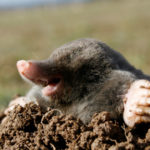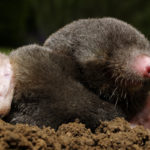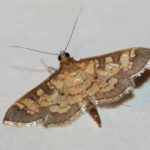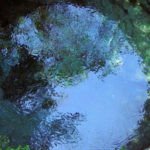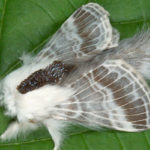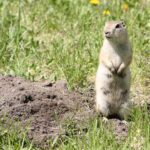Facts about moles
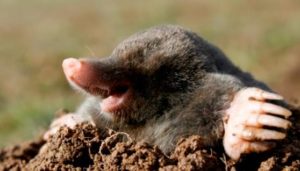 A small animal, a mole that lives underground, has an elongated trunk up to 20 cm long, covered with a soft velvety coat of dark gray or black hue. Due to the fact that the nap does not have any specific orientation, the mole can easily move under the earth in any direction. This is a special adaptation to the habitat of a mole. The mole has well-developed forepaws, a shovel-shaped with long claws. They are raking the ground, laying underground passages of up to several tens of meters per day. At a depth of about a meter the mole arranges a nest, usually under the roots of trees, lining it with moss and foliage.
A small animal, a mole that lives underground, has an elongated trunk up to 20 cm long, covered with a soft velvety coat of dark gray or black hue. Due to the fact that the nap does not have any specific orientation, the mole can easily move under the earth in any direction. This is a special adaptation to the habitat of a mole. The mole has well-developed forepaws, a shovel-shaped with long claws. They are raking the ground, laying underground passages of up to several tens of meters per day. At a depth of about a meter the mole arranges a nest, usually under the roots of trees, lining it with moss and foliage.
- Moles are voracious, because of the high metabolism (metabolism), for a day they eat a volume of food equal to their masses (moles weigh from 9 to 170 g).
- The pile of wormhole grows straight (it is not oriented to either side).
- The eyes of moles are not developed, they are devoid of the lens and retina, but they have good sense of smell and touch.
- Teeth in moles 33 to 44. Due to them it is possible to determine to which genus they belong.
- Most moles move only crawling.
- Moles can be active around the clock or at night.
- Moles lead an underground way of life (except for the shrew moles that inhabit the surface).
- For the winter, moles are stocked with earthworms (it leaves them alive, but bites off their heads, because of which worms remain paralyzed).
- Moles are useful (they loosen the ground).
- Moles destroy the pests of rural forestry (but some are harmful, they eat the roots of vegetable, garden plants and earthworms or throw low-use soils onto the surface).
- In the world there are 40 kinds of moles.
- Moles lay underground difficult residential tunnels.
- The piles of earth thrown out by the mole are called molehills (or wormholes).
